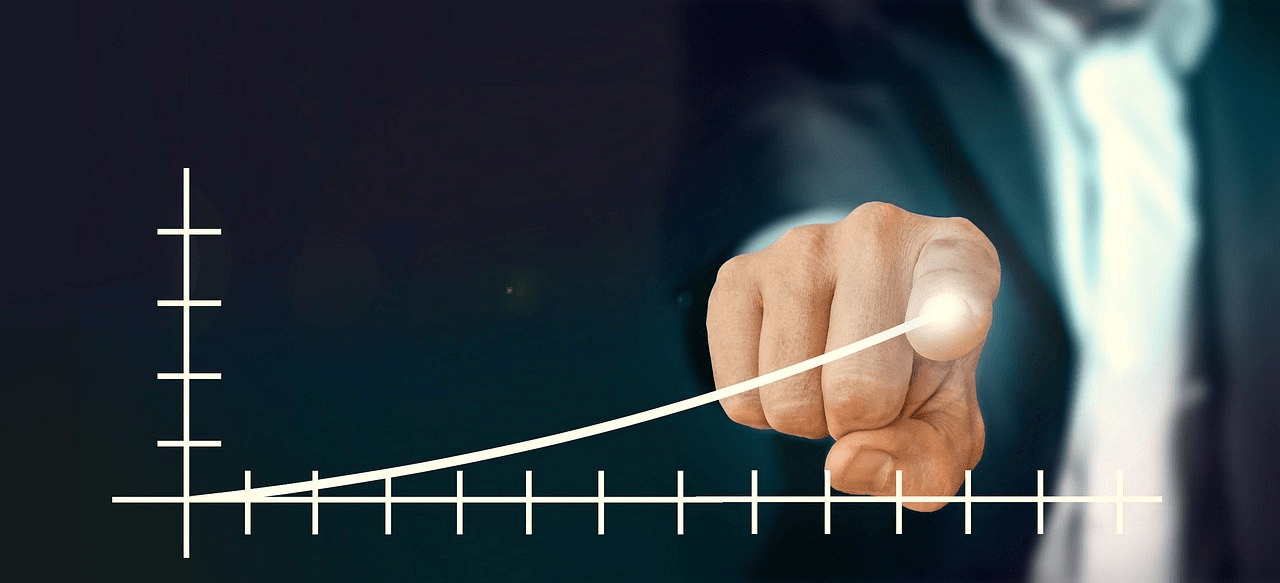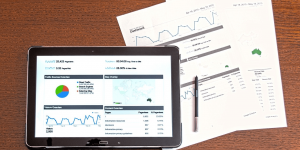The Product Manager is a core figure for a business. He ensures the company’s position in the market, drives the product roadmap to meet deadlines and focuses on long-term success.
How does a product manager perform this important task? We will discuss the subject in this article.
CONTENT
What does a product manager do?
The product manager is among the most highly paid and respected professions in the business world, but at the same time he is also one of the least known.
So let’s try to make things clear.
Product Management is a very broad definition that covers a number of different skills. In fact, often different organizations want a Product Manager for different tasks according to specific business needs.
However, here is a general description of what any good product manager should do:
- Develop a product history or roadmap for each part of the product life cycle.
- Optimize the product to achieve the organization’s business objectives.
- Focus on comprehending the customer base to assess satisfaction and identify areas for improvement.
In other words, a product manager should cover virtually every aspect that has to do with the product with the main objective in mind: the product’s success.
From this perspective, a product manager creates a strategy for the success of the product and works closely with the various departments – marketing, sales, design – to help make this concept a reality.
Why is the role of the product manager so important?
A good product manager is the key to ensuring that the product reflects business objectives and customer needs in the best possible way.
As a result, this means higher revenues and happier customers.
Some companies are hesitant to hire product managers believing that other people – with no specific experience and training – can also cover that role.
A product manager understands the whole picture and clearly understands the product vision, thus making the best decisions about how to proceed through a specific roadmap.
Here is more in detail how the work cycle of a product manager works:
Vision
The first step in product management is setting a vision for the product. A product manager starts with a clear definition of the problem you are trying to solve.
He will then discuss and fine-tune this problem with each specialist within the product team.
Building good products is a team effort and it is therefore important to have different perspectives and use everyone’s knowledge to find the best solution.
The solution that results from this process is the product vision.
Roadmap and execution
Once everyone has agreed on the ultimate goal, the product manager will develop a product roadmap.
This is a general plan on how to provide the product vision; it is still a vision but also contains specific action points on timing, who is involved, activities, final results and processes.
It is basically a guide regarding how the product will be created and here the key challenge is to find the balance between the ideal product and what can realistically be delivered with the available resources.
In addition, when designing a roadmap, It is crucial to keep in sync with what may be changes in the future of the industry.
A product manager is responsible not only for current product performance, but also for future performance.
Managing conflict and issues
At the beginning of the product development process, the product manager is in charge of keeping the design, development and business teams up and running, coordinated and working in harmony.
Often it is easier said than done. Developers, designers, investors and other stakeholders obviously attribute different importance to different aspects of the product.
This can lead to conflict, where people tend to think that their area is the most important and that their needs are the most urgent.
For example, in IT, someone on the corporate side may not appreciate the importance of UX design and only worry that a specific feature is created without a second thought. A designer can provide a list of last-minute changes to developers, unaware that these require a major code rewrite. A developer may want to implement an experimental framework, but this leads him to work more slowly than an alternative, thus risking losing an important deadline. The product manager must therefore anticipate and manage problems of this kind.
Product launch and beyond

When the product gets launched on the market, it is definitely a reason to celebrate… but not for long.
Product development is in fact a dynamic and constant process and new features, bugs and new requests will be on the daily agenda again.
Eager to evaluate product performance, the attention of the product manager will also turn to data and user feedback.
What is the conversion rate? How do people use the product? Have sales increased? What do the reviews say?
Addressing every inquiry, criticism, question and idea takes time.
After the analysis of this data and the comparison with the design teams, The product manager will introduce changes to the roadmap to discuss new information and business priorities.
As you have noticed, the role of a product manager is truly multifaceted. Sometimes it requires sparks of creativity, in others it requires rigorous planning, expert interpersonal skills and a sharp eye for detail.
Being a product manager is certainly a demanding role, where multidisciplinary skills are required, but at the same time it is very rewarding.
In the end, it is the product manager who decides the direction of the product and who can see first-hand how it impacts customers.



